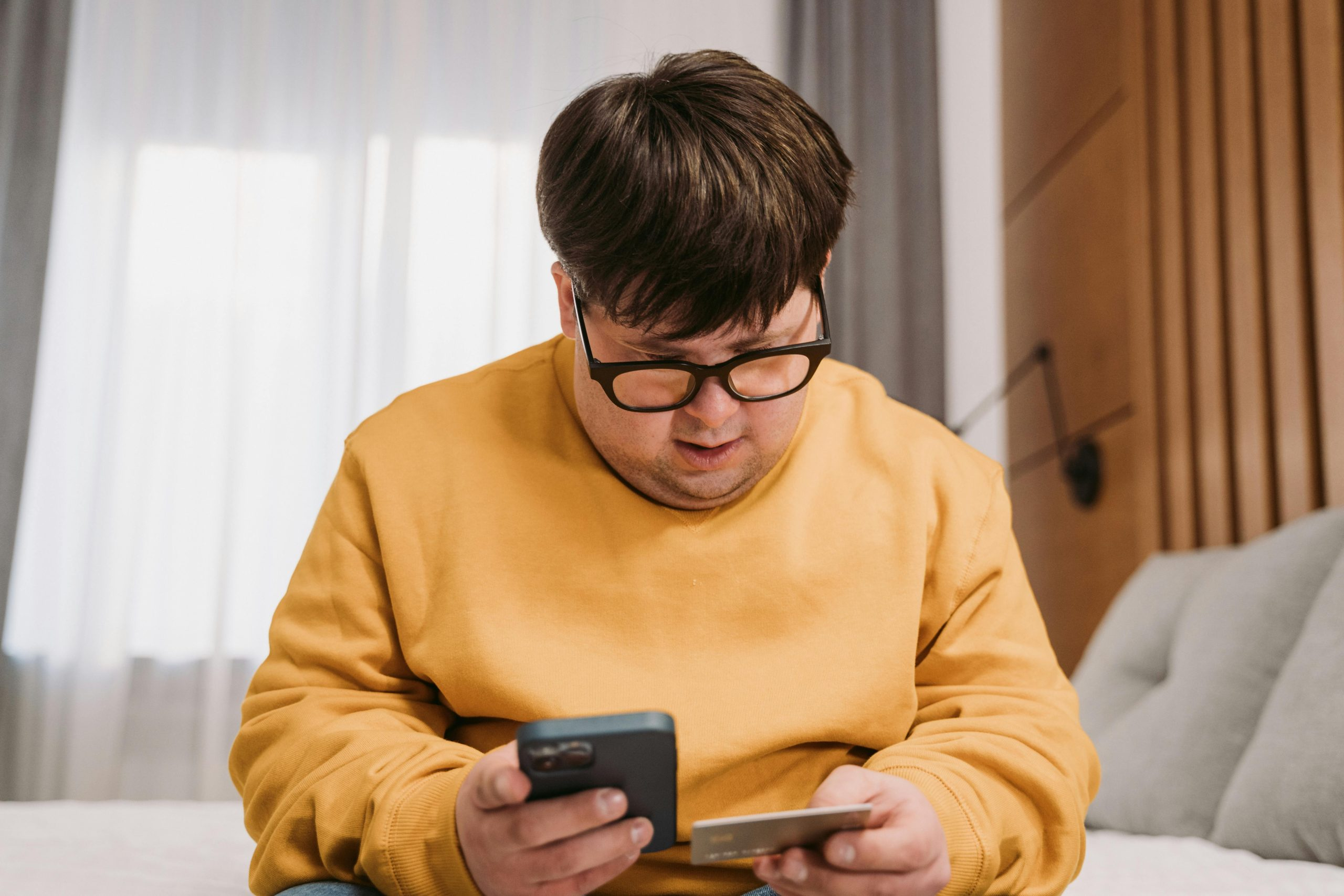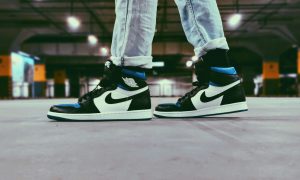Neurodiverse Shopping Apps: Tailored UX for ADHD and Autism
If you are a neurodiverse individual, navigating the overwhelming world of shopping can often feel like a daunting task. From loud and crowded stores to complex and confusing websites, the traditional shopping experience can be overwhelming for those with ADHD and Autism. However, in recent years, there has been a rise in the development of neurodiverse shopping apps, with a focus on creating a tailored user experience (UX) specifically for individuals with ADHD and Autism.
Understanding Neurodiversity and Shopping Challenges
Before we delve into the specifics of neurodiverse shopping apps, it is crucial to understand what neurodiversity means. Neurodiversity refers to the various neurological differences that exist, such as ADHD and Autism, and the unique perspectives and strengths that individuals with these differences bring to the table. However, these neurological differences also come with their own set of challenges, especially when it comes to shopping.
Individuals with ADHD and Autism can struggle with sensory overload in traditional shopping environments, making it difficult to focus and make decisions. They may also have difficulties with social interactions and communication, leading to challenges with customer service. Additionally, navigating the complex and ever-changing world of shopping can be overwhelming and confusing, causing stress and anxiety for neurodiverse individuals.
The Rise of Neurodiverse Shopping Apps
Recognizing these challenges, many companies have started to develop neurodiverse shopping apps, with a focus on creating a tailored and inclusive user experience for individuals with ADHD and Autism. These apps aim to simplify the shopping experience, making it more manageable for neurodiverse individuals to navigate while also providing a more enjoyable and stress-free shopping experience.
Some of the features that these apps offer include simple and clutter-free interfaces, adjustable settings for sensory sensitivities, and an option for text-based communication with customer service. These features not only make it easier for neurodiverse individuals to shop but also minimize the chances of sensory overload and communication challenges.
The Benefits of Neurodiverse Shopping Apps
The introduction of neurodiverse shopping apps has brought numerous benefits for neurodiverse individuals. Firstly, it provides a more inclusive shopping experience, where everyone can access the same information and services without any barriers. This promotes a sense of belonging and eliminates the need for individuals with ADHD and Autism to rely on others for help while shopping.
Furthermore, neurodiverse shopping apps also help to reduce stress and anxiety. By tailoring the experience to meet the needs of neurodiverse individuals, these apps eliminate potential triggers and create a more comfortable and relaxed shopping environment. This, in turn, can improve the overall shopping experience and encourage individuals to shop more frequently and confidently.
The Future of Neurodiverse Shopping Apps
As the world becomes more digitally focused, the demand for neurodiverse shopping apps will continue to grow. Companies are recognizing the importance of inclusivity and accessibility, and catering to the needs of neurodiverse individuals is a crucial step towards achieving this. As a result, we can expect to see an increase in the development and improvement of neurodiverse shopping apps in the future.
In addition, as technology evolves, so will these apps, providing even more tailored and innovative features that cater to the needs of neurodiverse individuals. This will not only benefit those with ADHD and Autism but also individuals with other neurological differences, promoting true inclusivity and creating a more accessible world for all.
In Conclusion
The rise of neurodiverse shopping apps signifies a step towards a more inclusive and accessible shopping experience for individuals with ADHD and Autism. These apps provide tailored UX, minimizing sensory overload and communication challenges, and promoting a more enjoyable and stress-free shopping experience. As we continue to strive towards a more inclusive society, the development and improvement of neurodiverse shopping apps will undoubtedly play a significant role in achieving this goal.











